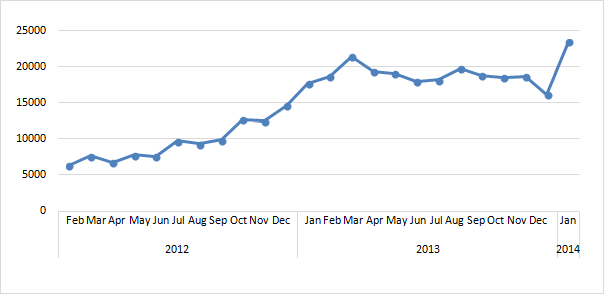Development of Alternative Kinds of Energy in Russia
18.05.2014
At present, energy saving in Russia is one of promising fields in power industry. On the background of growth of tariffs for utility services, more and more people start to demonstrate an interest towards alternative kinds of energy. It should be mentioned that in European countries renewables have already become a part of the energy balance.
According to the research by Intesco Research Group “Market of Energy Saving in Power Industry. Current Situation and Forecast”, in Russia, the share of renewable kinds of energy, by various estimates, does not exceed 0.8%, while in Germany the given index is 23%. One of the reasons for such weak and ineffective development of renewable energy in Russia is absence of support of the given direction. At the same time, a great potential of solar energy can be seen in Krasnodar Krai, Stavropol Krai, as well as Yakutia, Magadan Region. In many Siberian and southern regions the number of sunny days per year reaches three hundred.
To have an idea about the interest of end consumers to renewable energy, in particular to solar energy, in Russia one can use the dynamics of search results in the Internet: while at the beginning of 2012 their annual number was a little over 5 thousand search results, in January of 2013 the figure reached as many as 25 thousand search results.
Schedule 1. Demand for “solar panels” in Russian Runet in 2012-January of 2014, number of search results

Source: wordstat.yandex.ru
Besides solar panels, wind energy has a high potential, too. In Russia there are rather great wind energy resources. According to various estimates, the total wind potential of the country is about 2000-3000 TWh/year. At that, the economic wind potential is estimated at 200-300 billion kWh/year.
Geographically, energy wind areas in Russia are mainly located on the coast and islands of the Arctic Ocean (Kola Peninsula, Kamchatka), in regions of the Lower and Middle Volga and the Don River, on the coasts of the Caspian Sea, Sea of Okhotsk, Barents Sea, Baltic Sea, Black Sea, Sea of Azov, in Karelia, Altai, Tuva, Baikal.
Wind energy and solar energy are quite relevant for remote areas, where transport expenditure on fuel greatly increases its price.
The given figures were calculated by analysts of Intesco Research Group based on official statistics.

